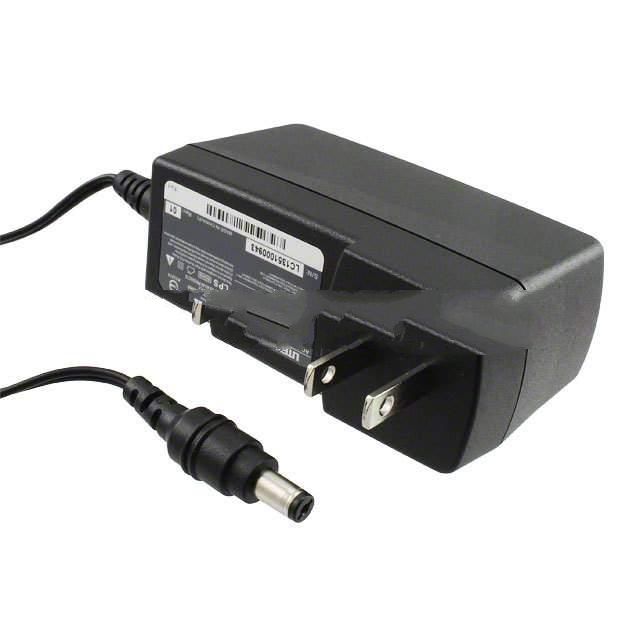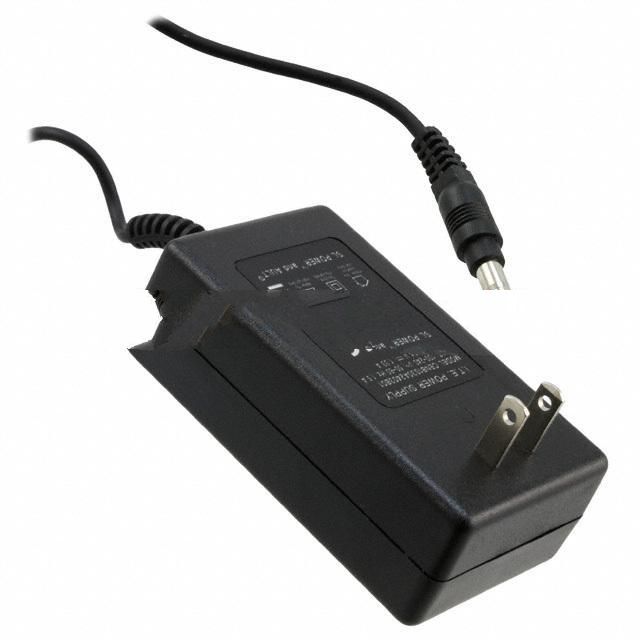TE40A2403F01 Product Introduction:
SL Power Electronics Manufacture of Condor/Ault Brands Part Number TE40A2403F01(AC DC Desktop, Wall Adapters), developed and manufactured by SL Power Electronics Manufacture of Condor/Ault Brands, distributed globally by Jinftry. We distribute various electronic components from world-renowned brands and provide one-stop services, making us a trusted global electronic component distributor.
TE40A2403F01 is one of the part numbers distributed by Jinftry, and you can learn about its specifications/configurations, package/case, Datasheet, and other information here. Electronic components are affected by supply and demand, and prices fluctuate frequently. If you have a demand, please do not hesitate to send us an RFQ or email us immediately sales@jinftry.com Please inquire about the real-time unit price, Data Code, Lead time, payment terms, and any other information you would like to know. We will do our best to provide you with a quotation and reply as soon as possible.
AC DC Desktop, Wall Adapters are two common power conversion devices that convert alternating current (AC) to direct current (DC). The AC/DC desktop adapter is designed specifically for desktop or workstation environments. It usually consists of key components such as power transformers, rectification circuits, filtering circuits, and voltage stabilization circuits. The AC/DC wall adapter is a compact and lightweight power conversion device designed to be directly plugged into a wall socket, converting AC power to DC power to supply portable electronic devices. Its components and working principle are similar to desktop adapters, but it focuses more on reducing volume and improving efficiency.
Application
AC DC Desktop, Wall Adapters are widely used in multiple fields. AC/DC desktop adapters are commonly used in computers and peripheral devices, industrial controls, medical equipment, and communication devices, mainly to provide stable DC power for desktop or fixed electronic devices. Due to its sturdy design and stable power output, it is particularly suitable for devices that require high power or long-term continuous operation. Due to its compact and portable nature, AC/DC wall adapters are often used in small or portable devices such as consumer electronics, smart furniture, gaming and entertainment equipment. Users only need to plug them into a power outlet to provide the required DC power for the device.
FAQ about AC DC Desktop, Wall Adapters
-
1. How does an AC/DC converter work?
The working principle of an AC/DC converter is a device that converts alternating current to direct current. Its power flow can be bidirectional, when the power flows from the power source to the load is called rectification, and when it returns from the load to the power source is called active inversion.
The working process of an AC/DC converter can be divided into two main steps: rectification and filtering.
Rectification: This is the process of converting alternating current to direct current. It is mainly achieved by using a diode with unidirectional conductivity. For example, a single-phase bridge rectifier circuit is the most basic circuit that converts AC to DC. The diode conducts in the positive half cycle, allowing the current to flow to the load; it conducts in the negative half cycle, allowing the current to flow in the opposite direction.
Filtering: The rectified current is a pulsed DC, which needs to be smoothed by a filter capacitor to obtain a stable DC output.
In practical applications, AC/DC converters face some technical challenges. Since the input is 50/60Hz AC, it must be rectified and filtered, which requires the converter to be equipped with a larger filter capacitor. At the same time, in order to meet the directive restrictions of safety standards (such as UL, CCEE, etc.) and electromagnetic compatibility (EMC), an EMC filter must be installed at the AC input end, and components that meet safety standards must be used. These factors limit the miniaturization of AC/DC power supplies.
-
2. What are the applications of AC-DC converters?
AC-DC converters are a device that converts AC power into DC power and are widely used in various electronic devices.
The main application areas of AC-DC converters include:
Consumer electronics: With the popularity of consumer electronic devices such as smartphones, tablets, and smart homes, the demand for AC-DC adapters is also increasing.
Industrial control: Industrial control equipment requires a stable power supply, and AC-DC adapters can provide efficient and stable power supply, so they have broad application prospects in the field of industrial control.
Medical equipment: Medical equipment has very high requirements for power supply, and AC-DC adapters can provide efficient and stable power supply, so they also have broad application prospects in the field of medical equipment.
New energy vehicles: With the popularization of new energy vehicles, AC-DC adapters will also become an important part of new energy vehicle charging equipment.
Communication equipment: With the popularization of 5G technology, the communication equipment market will continue to grow, which will provide more opportunities for the AC-DC adapter market.
-
3. What is an example of an AC-DC converter?
An AC-DC converter is a device that converts alternating current into direct current. Its working principle includes rectification and filtering processes to convert alternating current into stable direct current. The power flow of an AC-DC converter can be bidirectional, from the power supply to the load is called rectification, and from the load back to the power supply is called active inversion.
Single-phase bidirectional AC-DC converter is a common AC-DC converter architecture, mainly used in power electronics, digital control and battery technology. Its working principle includes full-bridge rectification and Totem Pole PFC mode, which can efficiently convert between AC and DC. This converter plays an important role in applications such as electric vehicles and energy storage systems, enabling power exchange and regulation of power systems.
 Lead free / RoHS Compliant
Lead free / RoHS Compliant






























